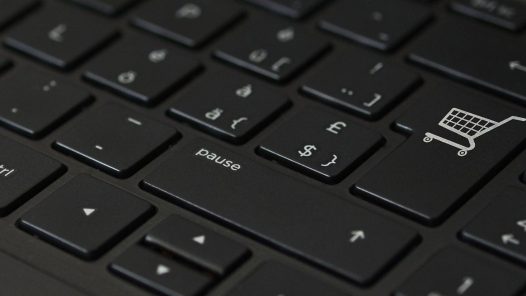With the work I’m doing, I’m frequently asked about the mobile user authentication market. Will it grow? How much? How does it compare to desktop authentication technologies?
Global market for mobile user authentication is set to explode in 2020. And these projections were made before the COVID-19 outbreak influenced the growth of remote work technologies.
To be more specific, mobile authentication is projected to grow by US$3.6 billion, with a CAGR of 23.7%, with growth taking place all over the world.
The United States, for example, will most likely keep its 26.7% growth momentum, with Europe and Asia among the significant contributors as well.
To be more specific, Germany is expected to bring in over US$113.7 million in the next five years, while Japan is showing great potential in the SME part of the market.
China, one of the world’s largest economies, is not trailing behind. Its potential for growth stands at an incredible 22.6%, which means it’s expected to bring approximately US$594.9 million to the market. Crazy, huh?
Well, not that crazy. All of us are participating daily in the trends driving this growth.
Let’s break all that down.
Increasing usage of mobile and cloud technologies are the key market drivers
How much do you use your mobile phone today? Chances are much more often than your computer, and this is a global trend.
In 2018, the number of mobile subscribers stood at 5.1 billion, or 66% of the world’s population. Moreover, this number is predicted to reach 5.7 billion people by 2023. That’s 71% of the world’s population. Given this growth rate, optimistic market predictions are not surprising.
However, while mobile usage itself is one of the biggest market drivers, it’s not the only one.
Their increased reliance on cloud services and online data sharing is a big security concern for businesses, especially considering the rise of bring-your-own-device practices, remote working policies, and now the COVID-19 work-from-home sea change.
It’s becoming progressively harder for enterprises to manage and monitor users with access to their clouds from outside their networks, as well as the data that they share online.
Just take a look at your phone. At the very least, you’ll be logged into your work email. You most likely work from home at times and after work other times, so there’s definitely sensitive data there.
And there’s nothing wrong with the new ways we work, it’s simply another reason for the growth of the mobile authentication market.
Businesses want to protect themselves from the rising number of cyber attacks and online fraud, another key growth driver of the market.
Let me ask you this — did you know that a hacker attacks every 39 seconds?
Yes, you’ve read that right. It’s precisely why there has been rising concern when it comes to mobile authentication technologies, and not just from businesses, but from end-users as well.
As a result, different regions have started implementing various security regulations that service providers must comply with. These regulations push our market further.
However, while the risk of all this sensitive information getting exposed is concerning to say the very least, it’s all part of how the rise of mBanking simply clinches the deal for mobile user authentication.
mBanking makes a case for mobile authentication
Do you know anyone who still physically pays their bills?
Probably not, and numbers support this argument. According to Business Insider Intelligence’s Mobile Banking Competitive Edge study, 89% of respondents said they relied on mobile banking.
Not surprisingly, Millennials are in the lead of that pack with 97% using mobile banking, but it’s important to note that Gen Xers and Baby Boomers follow suit with 91% and 79%, respectively.
As a direct result of wide mBanking adoption, this mobile authentication is most widespread in the banking industry and is predicted to grow the most over the next few years.
Businesses care about securing their mBanking apps because cyberattacks cost a lot and they risk losing their clients.
And faced with the almost-daily specter of cyberattacks, end-user clients are starting to care as well, resulting in a substantial rise in mobile authentication awareness.
This awareness is fueling the mobile user authentication market, which is a great thing. But, where is it going to go?
The future of mobile user authentication
One thing is for sure: in the next few years, we’ll see incredible growth in the mobile authentication market.
At this point, it’s just a question of which authentication system and methods we decide are most fitting for today’s landscape.
And how do we decide? I say we rate them against the categories of security, user privacy, and user experience, all valued equally.
Biometrics? As part of a larger MFA system, sure. Blockchain? Not anytime soon.
Why not focus on solutions that are capable — right now — of effective mobile user authentication
IPification is ready to be integrated within days, and it is efficient in all three of the categories mentioned above.
It relies on mobile network operator data to authenticate users while detecting any device and SIM card changes, and without sharing sensitive user information. Best of all, the user is authenticated within milliseconds, both at the start and throughout their session as needed.
With all that in mind, I’m here to say that not only is the mobile user authentication market set to skyrocket, so is IPification.



